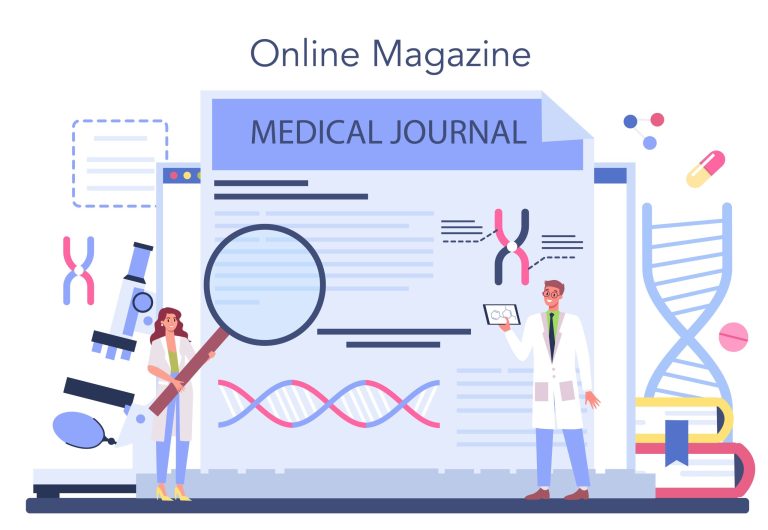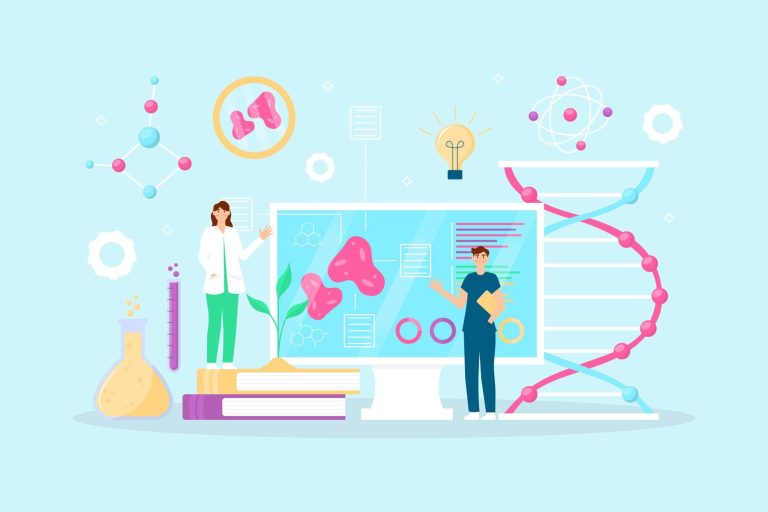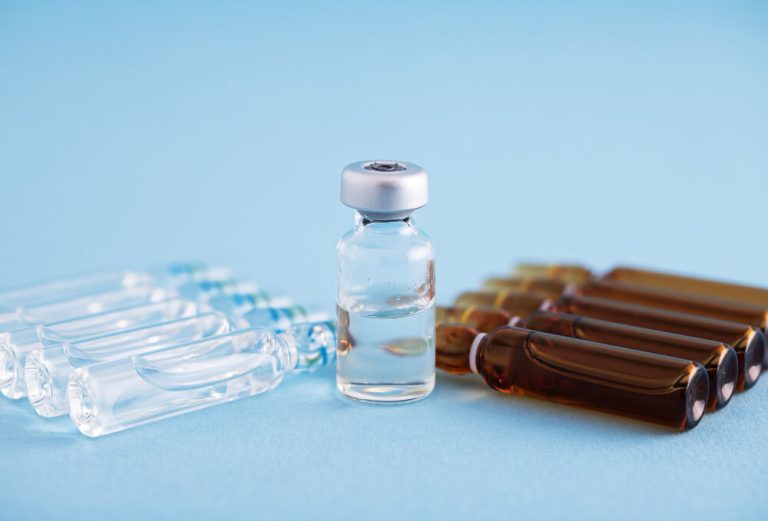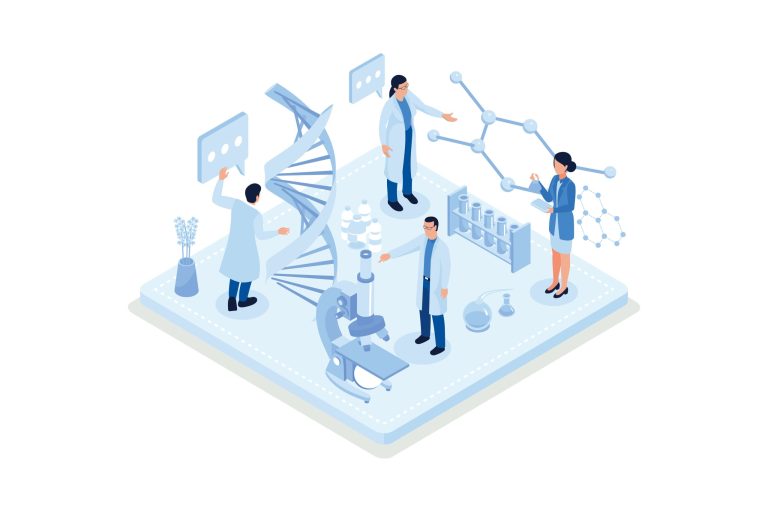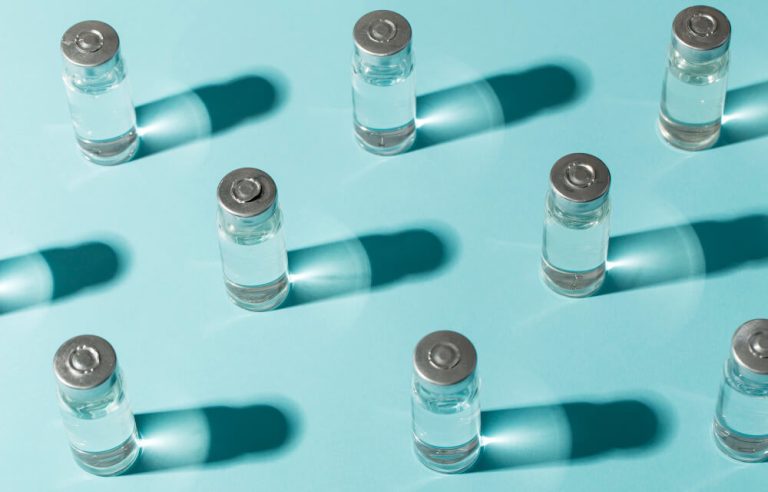Unlocking Cellular Health: A Deep Dive into NAD Training and Its Impact on Longevity
The quest for a longer, healthier life is as old as humanity itself. We constantly seek ways to maintain our vitality, sharpen our minds, and slow the inevitable march of time. In the modern landscape of wellness and anti-aging, one molecule has emerged as a superstar, holding immense promise for cellular rejuvenation: Nicotinamide Adenine Dinucleotide, or NAD+.
This tiny coenzyme is fundamental to life, playing a critical role in hundreds of metabolic processes within every cell of your body. Think of it as the spark plug for your cellular engines. It helps convert food into energy, repairs damaged DNA, and regulates key defensive genes. The challenge is that our natural levels of NAD+ decline significantly as we age, contributing to many of the hallmark signs of aging. This understanding has led to the rise of NAD+ therapy, a powerful intervention that requires deep expertise and specialized NAD training for safe and effective administration.
For healthcare professionals, medics, and clinic owners, understanding the nuances of this therapy is not just an advantage; it is a necessity. Proper training ensures that practitioners can harness the full potential of NAD+ to improve patient outcomes, manage protocols effectively, and lead the way in the burgeoning field of longevity medicine. It is the bridge between promising science and real-world results.
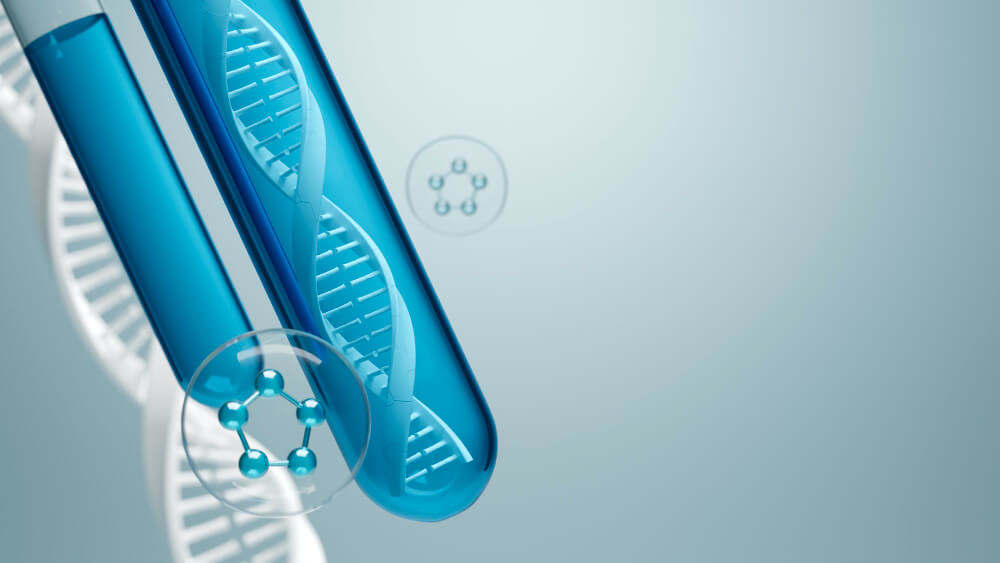
What Exactly is NAD+?
So, what is this molecule that has the scientific community so excited? Nicotinamide Adenine Dinucleotide is a coenzyme found in all living cells. A coenzyme is a ‘helper molecule’ that is necessary for an enzyme to function. Without its specific coenzyme, an enzyme cannot catalyze the chemical reaction it is responsible for.
NAD+ exists in two forms: an oxidized form (NAD+) and a reduced form (NADH). The continuous conversion between these two forms is what allows NAD+ to perform one of its most essential jobs: accepting and donating electrons during metabolic processes. You can imagine it as a tiny, rechargeable battery or a cellular cargo truck, picking up electrons from one molecule and dropping them off with another.
This electron transfer is the cornerstone of metabolism. It is the central process that allows your mitochondria, the powerhouses of your cells, to convert the nutrients from your food into adenosine triphosphate (ATP). ATP is the primary energy currency of the cell, powering everything from muscle contraction to nerve impulses. Without sufficient NAD+, this energy production line grinds to a halt, leaving you feeling fatigued and sluggish.
Beyond energy, NAD+ is a crucial substrate for other important enzymes, most notably sirtuins and PARPs. Sirtuins are a class of proteins often called ‘longevity genes’ because they regulate cellular health, inflammation, and stress resistance. PARPs are enzymes that are critical for repairing damaged DNA. Both sirtuins and PARPs consume NAD+ to do their jobs. Therefore, maintaining healthy levels of this coenzyme is essential for both energy production and cellular maintenance and repair.
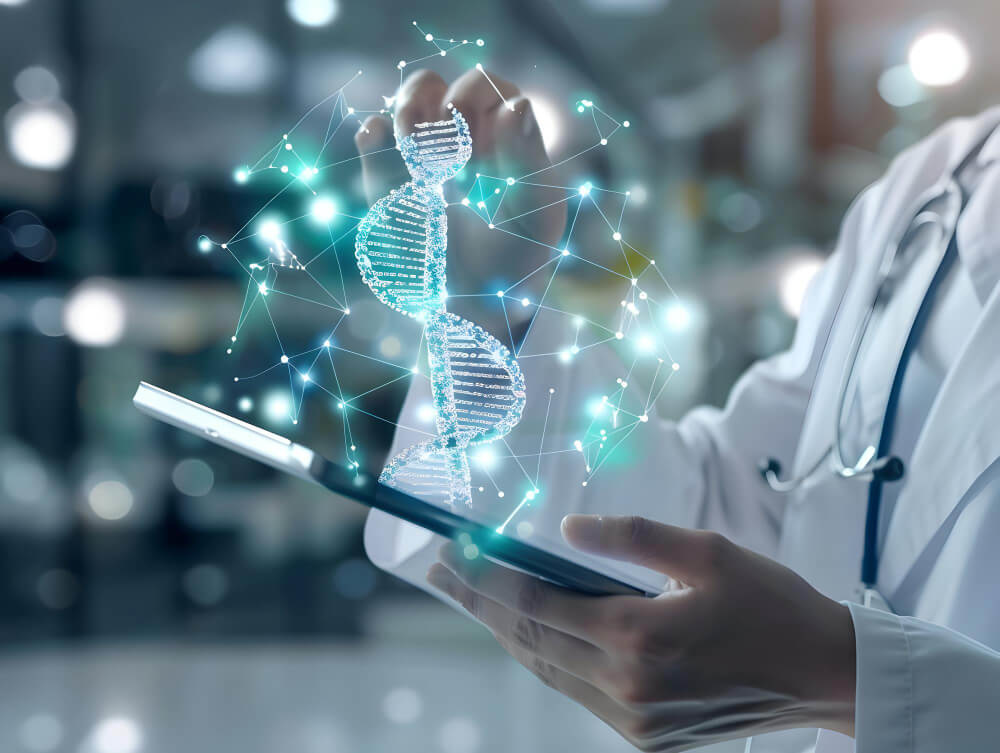
Why Do Our NAD+ Levels Decrease Over Time?
The decline of NAD+ is a natural part of the aging process, a phenomenon observed across numerous species, including humans. By the time we reach middle age, our NAD+ levels may be half of what they were in our youth. This drop is not due to a single cause but rather a combination of factors that increase the body’s demand for this vital coenzyme.
One of the primary culprits is accumulating DNA damage. Throughout our lives, our DNA is constantly under assault from environmental factors like UV radiation, toxins, and even byproducts of our own metabolism. The PARP enzymes work tirelessly to repair this damage, but this repair process consumes large amounts of NAD+. As we age and damage accumulates, more NAD+ is diverted to DNA repair, leaving less available for energy production and other functions.
Chronic inflammation, another hallmark of aging, also puts a significant drain on NAD+ stores. The immune system requires NAD+ to function correctly, and a state of persistent, low-grade inflammation means the immune cells are constantly active and consuming the coenzyme. Similarly, oxidative stress, an imbalance between free radicals and antioxidants, damages cells and further depletes NAD+.
The consequences of this decline are far-reaching. Reduced NAD+ levels are linked to mitochondrial dysfunction, leading to lower energy output. It can impair the function of sirtuins, accelerating aspects of the aging process. This cascading effect can manifest as physical fatigue, cognitive decline, slower recovery from illness or injury, and an increased vulnerability to age-related diseases.

How Can We Boost Our NAD+ Levels?
Given the importance of NAD+ and its natural decline, the obvious question is: what can we do about it? Fortunately, there are several strategies to help support and replenish our cellular NAD+ pools. Lifestyle choices are the foundation. Regular exercise, particularly high-intensity interval training, has been shown to stimulate the production of NAD+. A balanced diet rich in B vitamins, which are precursors to NAD+, can also be beneficial.
However, for a more direct and potent impact, many people turn to targeted NAD+ therapies. These interventions are designed to elevate NAD+ levels far more significantly than lifestyle changes alone. The two primary methods used in clinical settings are intravenous (IV) infusions and oral supplementation with NAD+ precursors.
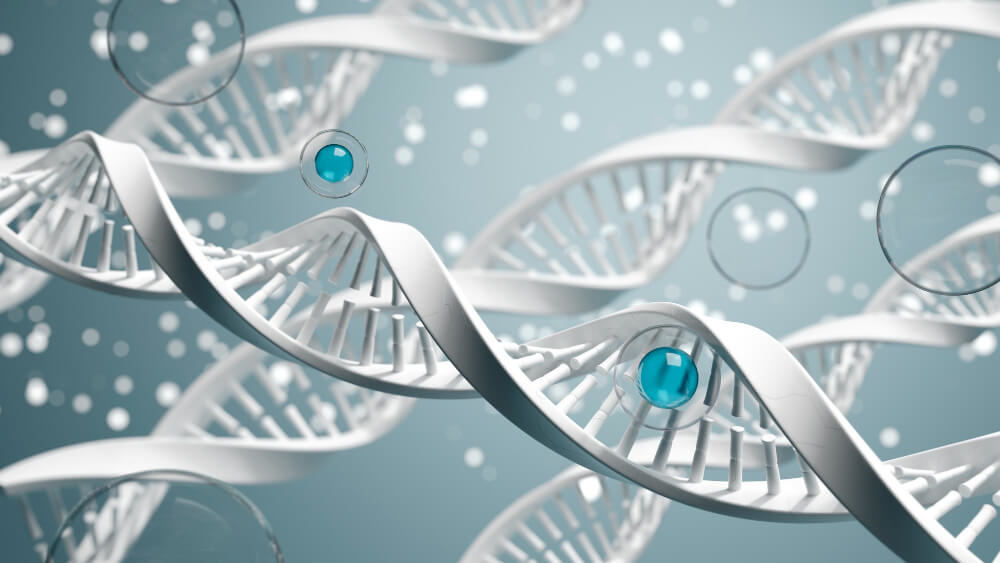
What Are NAD+ IV Infusions?
NAD+ IV therapy involves administering a solution of pure NAD+ directly into the bloodstream. This method bypasses the digestive system entirely, ensuring 100% bioavailability. This means the coenzyme is immediately available for use by cells throughout the body. Infusions are typically administered over several hours in a clinical setting under medical supervision.
The direct nature of IV therapy allows for higher, more concentrated doses than what can be achieved with oral supplements. This makes it a preferred option for individuals seeking rapid and robust results, particularly in contexts like addiction recovery, managing chronic fatigue, or intensive anti-aging protocols. The protocol, including the dosage and frequency of infusions, is tailored to the individual’s specific health goals and needs.

What About Oral NAD+ Precursors?
An alternative to IV therapy is the oral supplementation of NAD+ precursors. Our bodies cannot easily absorb NAD+ itself when taken orally. Instead, we can provide the raw materials, or precursors, that our cells use to synthesize their own NAD+. The two most well-researched precursors are Nicotinamide Riboside (NR) and Nicotinamide Mononucleotide (NMN).
These compounds are forms of vitamin B3 that, once ingested and absorbed, enter a cellular pathway that converts them into NAD+. This approach offers the convenience of at-home use and provides a more gradual, sustained boost to NAD+ levels over time. While perhaps not as immediately dramatic as IV therapy, consistent supplementation with precursors is a popular strategy for long-term maintenance of cellular health.
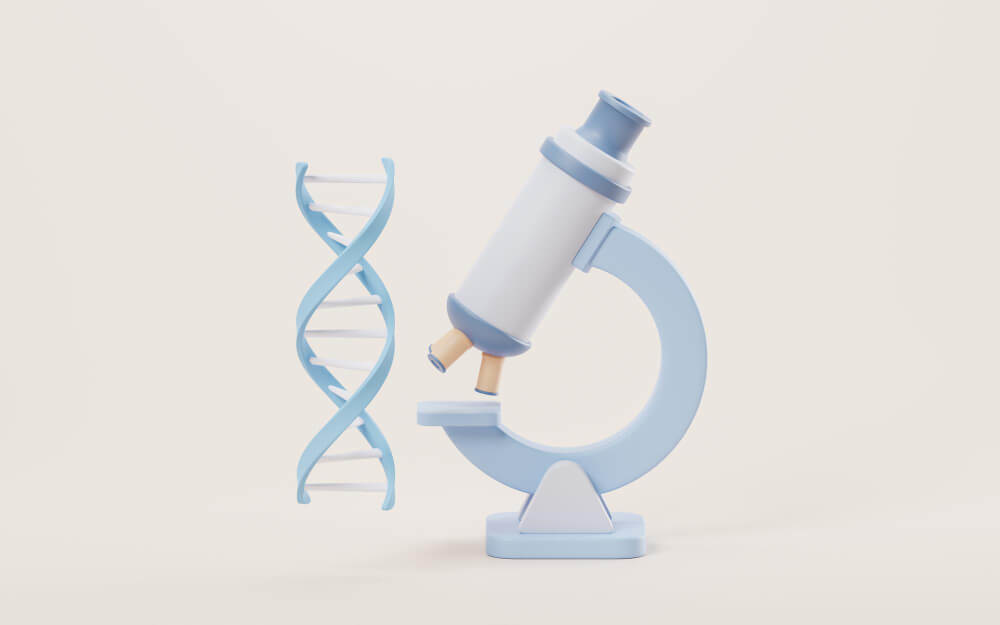
Why is Specialized NAD Training So Crucial?
Administering a therapy as powerful and systemic as NAD+ is not something to be taken lightly. While the potential benefits are immense, so is the need for clinical expertise. This is where specialized training becomes non-negotiable for any healthcare professional looking to incorporate NAD+ therapy into their practice. It is the critical factor that separates a safe, effective clinic from one that puts patients at risk.
Comprehensive training goes far beyond simply learning how to start an IV. It encompasses the entire patient journey, from initial consultation to post-therapy follow-up. It equips practitioners with the knowledge to deliver personalized care, maximize therapeutic outcomes, and confidently manage any challenges that may arise. Without this foundation, practitioners are essentially flying blind, unable to tailor protocols or troubleshoot issues effectively.
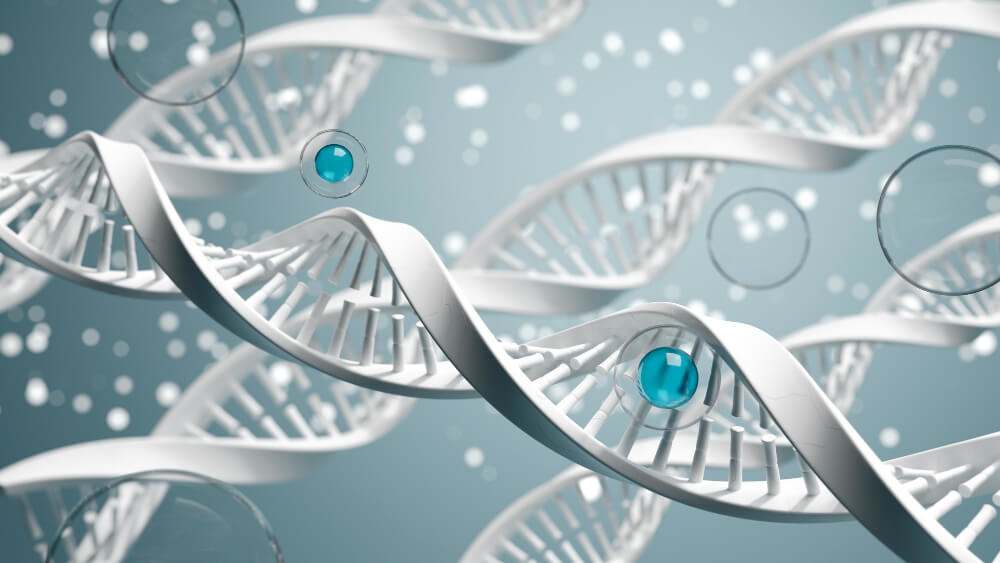
What Does Comprehensive NAD Training Cover?
A high-quality training program provides a deep, multi-faceted education in all aspects of NAD+ therapy. It ensures practitioners are not just technicians but true experts in the field.
First and foremost is patient assessment and screening. Training teaches providers how to identify ideal candidates for NAD+ therapy. It covers how to take a thorough medical history, understand potential contraindications, and set realistic expectations with the patient. This initial step is vital for ensuring patient safety and satisfaction.
Next is the science of protocol design. There is no one-size-fits-all approach to NAD+ therapy. A patient seeking cognitive enhancement will require a different dosing and frequency schedule than someone undergoing addiction detox. Training delves into the evidence-based protocols for various conditions, teaching practitioners how to customize infusion rates, duration, and overall treatment plans for individual needs.
Practitioners must also master the practical aspects of administration. This includes learning the proper techniques for preparing the NAD+ solution, setting up the IV line, and monitoring the patient throughout the infusion. A key part of this is understanding infusion rates. NAD+ can cause uncomfortable but temporary side effects if infused too quickly, so knowing how to adjust the drip rate is essential for patient comfort.
This leads to another critical training module: managing patient experiences. It is vital for practitioners to understand and be able to explain the sensations a patient might feel during an infusion, such as chest tightness, flushing, or abdominal cramping. More importantly, robust training provides clear strategies for managing patient side effects during NAD infusions, ensuring the experience is as comfortable as possible. This knowledge builds patient trust and improves compliance with the treatment plan.
An elite training program also includes a deep dive into the underlying science. Practitioners learn precisely about the role of NAD in mitochondrial function and health, connecting the therapy back to its fundamental cellular mechanisms. This advanced understanding allows them to better explain the therapy’s benefits and answer patient questions with confidence and authority.
Finally, comprehensive training addresses how NAD+ therapy fits within a broader functional medicine framework. It teaches providers how to integrate NAD+ with other modalities for a synergistic effect. For example, understanding how NAD+ supports hormonal pathways is crucial when a patient is also undergoing other treatments, a concept explored in programs like testosterone replacement therapy TRT training for GPs. This holistic approach ensures the best possible outcomes for the patient.
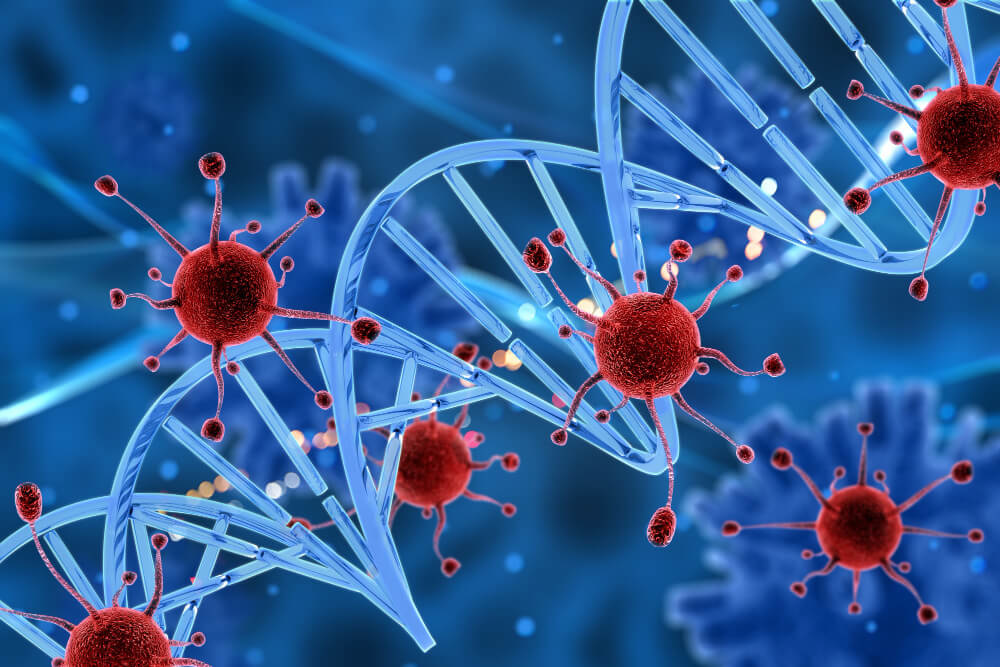
What Are the Potential Benefits of Optimizing NAD+?
The reason NAD+ has captured so much attention is its wide-ranging impact on health and wellness. By restoring this coenzyme to more youthful levels, individuals may experience a host of benefits that touch nearly every system in the body. These effects stem from its core roles in energy production and cellular repair.

Can NAD+ Improve Energy and Metabolism?
This is often one of the first and most profound effects reported by individuals undergoing NAD+ therapy. By directly fueling the mitochondrial process of creating ATP, replenishing NAD+ can lead to a significant increase in physical energy and a reduction in feelings of fatigue. Many users describe a clean, sustained energy boost without the jitters associated with stimulants like caffeine. This enhanced metabolic function can also support healthy weight management and improve athletic performance and recovery.
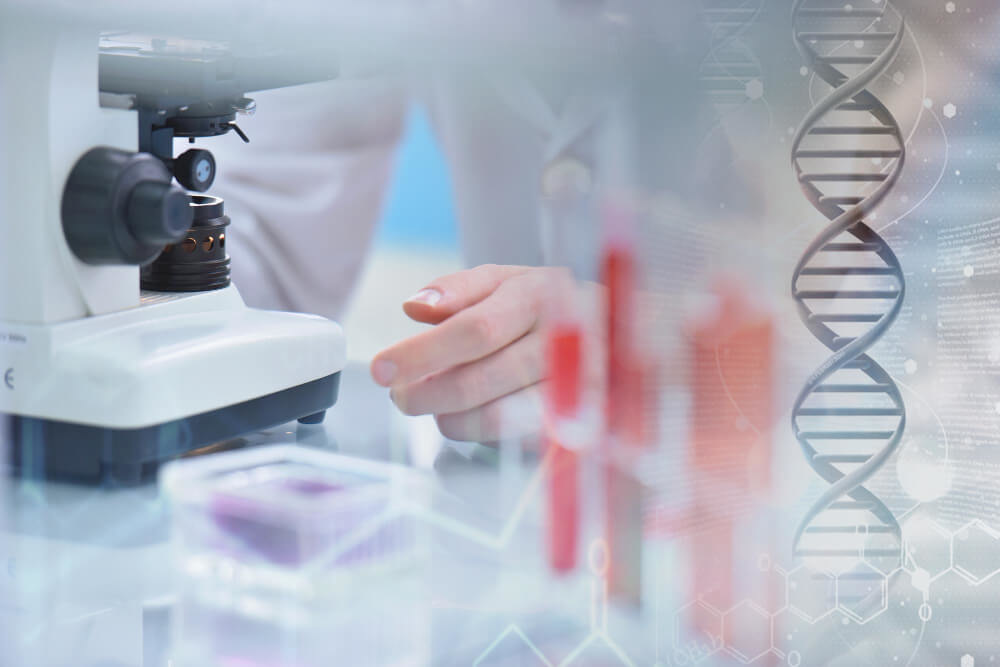
Does NAD+ Support Brain Health and Cognitive Function?
Your brain is an incredibly energy-intensive organ, consuming about 20% of your body’s total energy. Because NAD+ is essential for this energy production, optimizing its levels can have a remarkable impact on cognitive function. Many people report enhanced mental clarity, improved focus, better memory recall, and a reduction in ‘brain fog’. Beyond energy, NAD+ supports neuronal health by fueling the repair of DNA in brain cells and supporting the function of sirtuins, which help protect the brain from inflammation and oxidative stress. As a valuable resource, the Cleveland Clinic offers a primer on NAD and its functions.
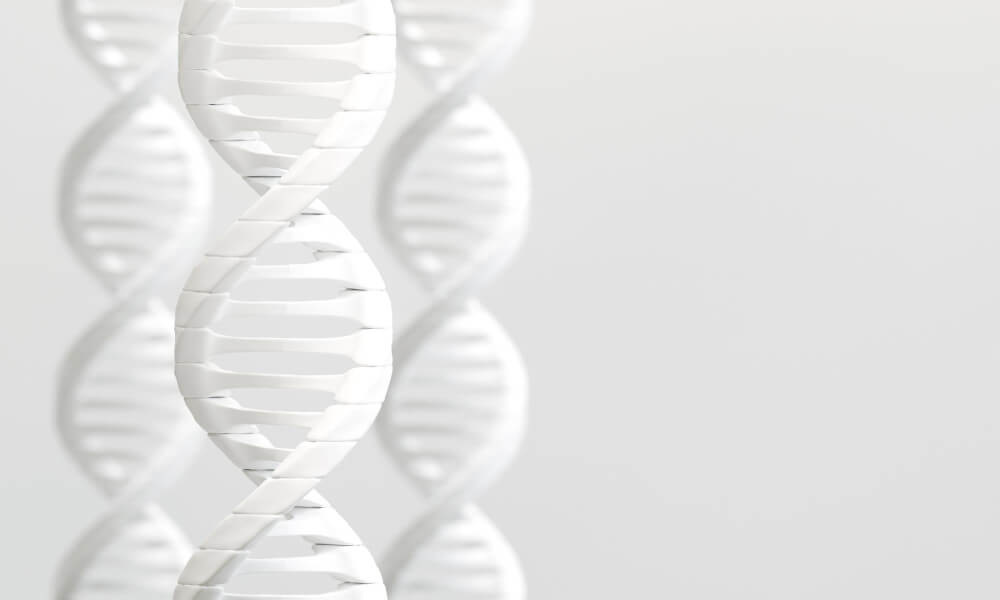
How Does NAD+ Contribute to Healthy Aging?
This is perhaps the most exciting area of NAD+ research. The decline of NAD+ is a key driver of the aging process, so replenishing it may help slow it down. NAD+ is the essential fuel for sirtuins, the longevity genes that protect our cells. When sirtuins are active, they help regulate inflammation, enhance stress resistance, and maintain the stability of our genome. Leading researchers, including those at institutions like the Sinclair Lab at Harvard Medical School, are at the forefront of exploring this connection. Their work suggests that by boosting NAD+, we can support the body’s innate ability to stay healthier for longer. This is supported by findings that new research suggests NAD could be key to healthy aging, highlighting its role in cellular resilience.
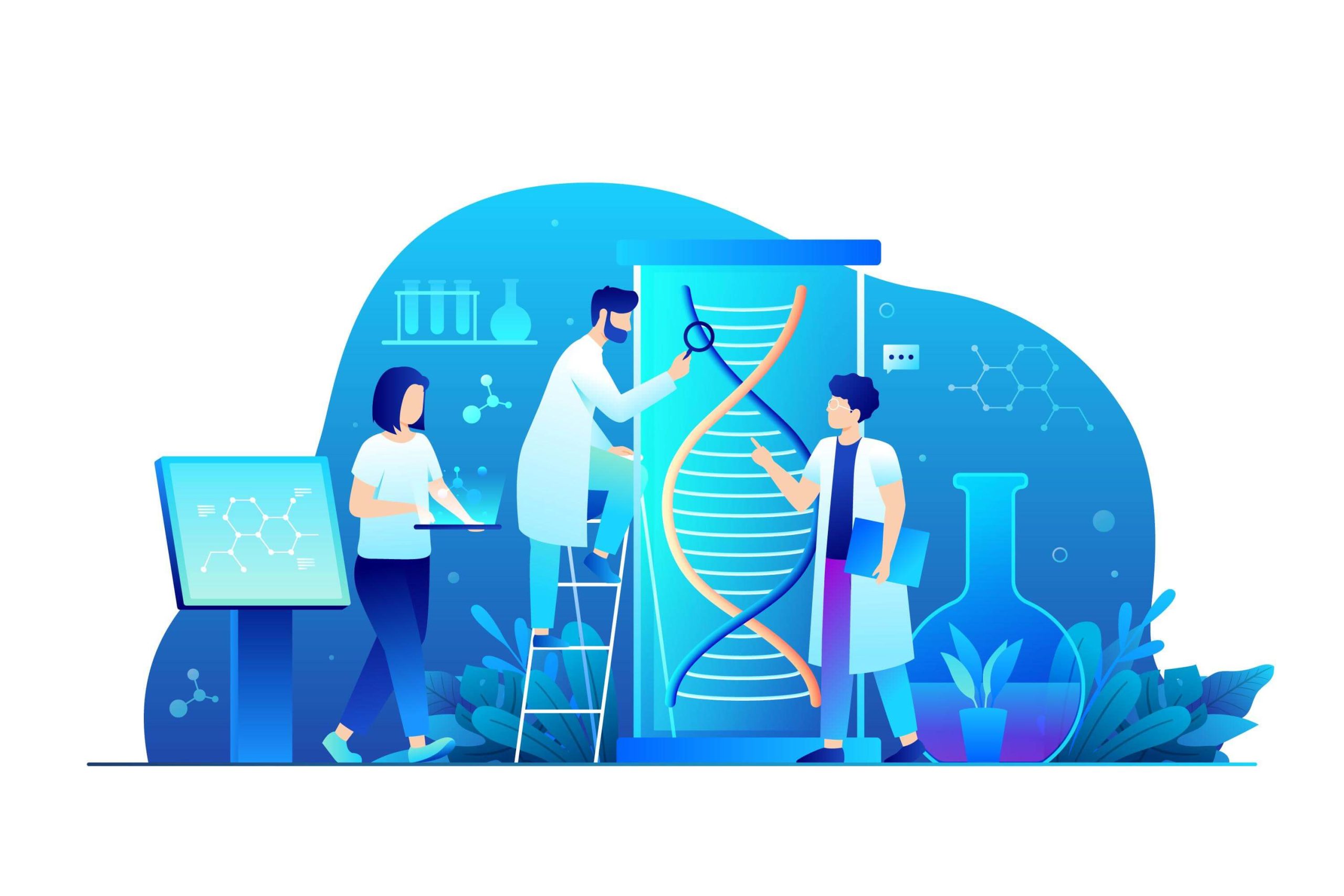
What is the Role of NAD+ in Addiction Recovery?
NAD+ therapy first gained prominence in the field of addiction medicine. Chronic substance use can severely deplete the brain’s neurotransmitters and its stores of NAD+. This depletion contributes to intense cravings and the difficult symptoms of withdrawal. High-dose NAD+ IV therapy can help restore neurological function, rebalance neurotransmitters, and significantly reduce cravings and withdrawal symptoms. It provides the brain with the energy and resources it needs to heal, making it a powerful tool in helping individuals break the cycle of addiction.
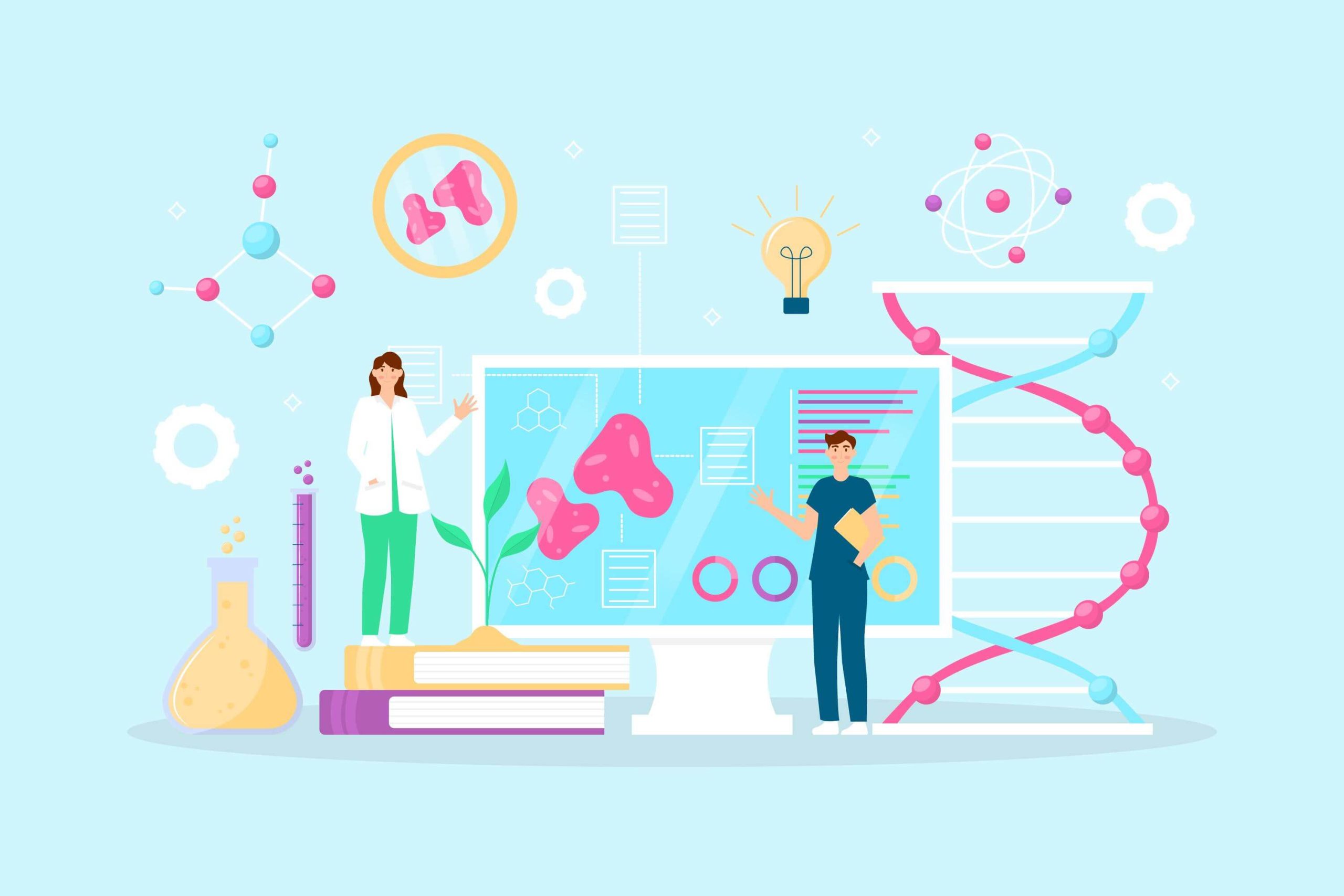
How Do You Find a Qualified NAD+ Therapy Provider?
For anyone considering NAD+ therapy, finding a qualified and experienced provider is the most important step. Given the therapy’s potency, the expertise of the practitioner directly impacts both the safety and the effectiveness of the treatment. A well-trained provider will conduct a thorough health assessment before recommending any protocol.
Look for a clinic or practitioner who openly discusses their training and credentials in NAD+ therapy. They should be able to explain the science behind the treatment in a way you can understand, detailing not just the benefits but also what to expect during the infusion and any potential side effects. A reputable clinic prioritizes patient education and personalized care over a one-size-fits-all approach.
Ask about their protocols. Do they customize the dosage and infusion rate based on your specific needs and goals? Do they have procedures in place to ensure your comfort and safety during the treatment? A qualified provider will be transparent about their process and will make you feel confident and cared for every step of the way. This level of professionalism is a direct result of comprehensive training.
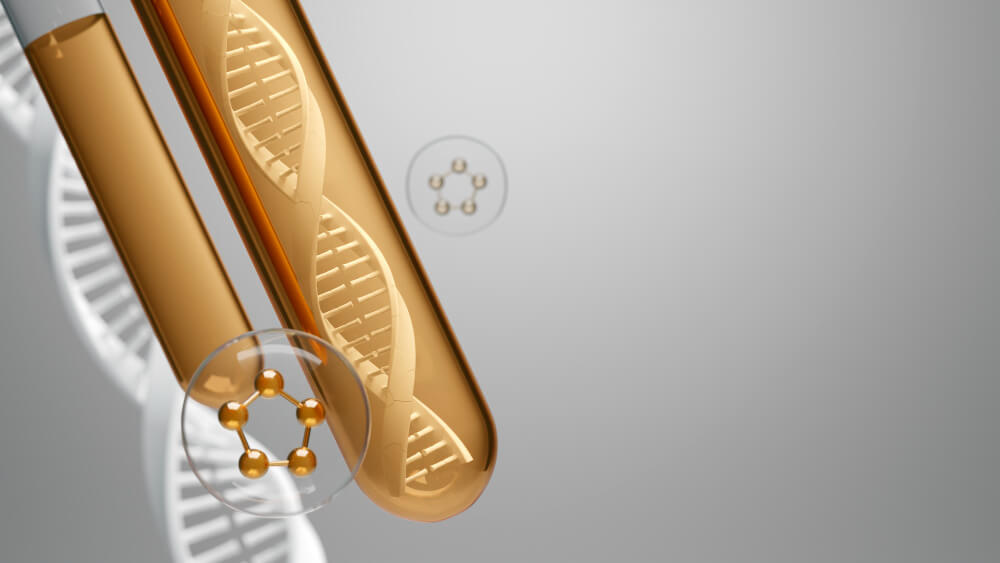
What Does the Future Hold for NAD+ Research?
The field of NAD+ biology is dynamic and rapidly evolving. While we have learned a great deal, we are still just scratching the surface of its full potential. Researchers around the world are conducting studies to further clarify its role in various health conditions and to optimize therapeutic protocols. A deeper understanding of what is NAD continues to drive innovation in the wellness space.
Future research will likely focus on developing more efficient NAD+ precursors, exploring its synergistic effects with other longevity molecules, and running larger-scale human clinical trials to solidify its benefits for specific age-related diseases. As our understanding grows, the applications for NAD+ therapy are likely to expand even further.
This rapid evolution underscores the critical importance of ongoing education for healthcare professionals. The science of today will be the standard practice of tomorrow, and staying at the forefront of this knowledge is what defines a leading practitioner in longevity and regenerative medicine.
In conclusion, NAD+ is more than just a wellness trend; it is a cornerstone of cellular health. Its decline with age is a fundamental challenge, but one that modern science is providing tools to address. Through therapies like IV infusions and precursor supplementation, we have the ability to restore this vital molecule, potentially enhancing our energy, sharpening our minds, and promoting a longer, healthier lifespan. For practitioners, embracing this therapy through rigorous, comprehensive training is the key to unlocking its full potential and safely delivering transformative results for their patients.
Frequently Asked Questions

Why would I choose IV NAD+ therapy if oral precursors are cheaper and easier?
The primary reason for choosing IV NAD+ therapy over oral precursors is its 100% bioavailability, meaning the entire dose is delivered directly to your bloodstream for immediate use by your cells. Oral precursors, such as NMN or NR, must first pass through the digestive system and be processed by the liver, where a significant portion can be lost before it is converted into usable NAD+. This direct-to-cell delivery makes IV therapy a much more potent and efficient method for rapidly elevating NAD+ levels throughout the body.
Furthermore, IV NAD+ is often utilized in a clinical context for more acute or intensive needs, such as managing withdrawal symptoms, combating severe fatigue, or providing a "loading dose" to kickstart cellular repair. While oral supplements are excellent for daily maintenance and long-term wellness support, IV therapy offers a powerful, fast-acting intervention that can achieve therapeutic levels far more quickly and reliably than is possible through oral supplementation alone.

How quickly can I expect results from IV NAD+ compared to oral precursors?
With IV NAD+ therapy, the effects are often felt very rapidly, sometimes even during the infusion process itself or within a few hours of completion. Because the NAD+ molecule bypasses the digestive system and is delivered straight into circulation, many patients report an immediate sense of mental clarity, increased energy, and an improved mood. This swift response makes it a preferred option for those seeking immediate relief from specific symptoms or a powerful cognitive and physical boost.
In contrast, the results from taking oral NAD+ precursors are much more gradual and cumulative. These supplements work by providing the raw materials your body needs to produce its own NAD+, a process that takes time. Consistent daily use over several weeks or even months is typically required to build up cellular NAD+ levels sufficiently to notice benefits like sustained energy, improved endurance, and enhanced overall vitality.
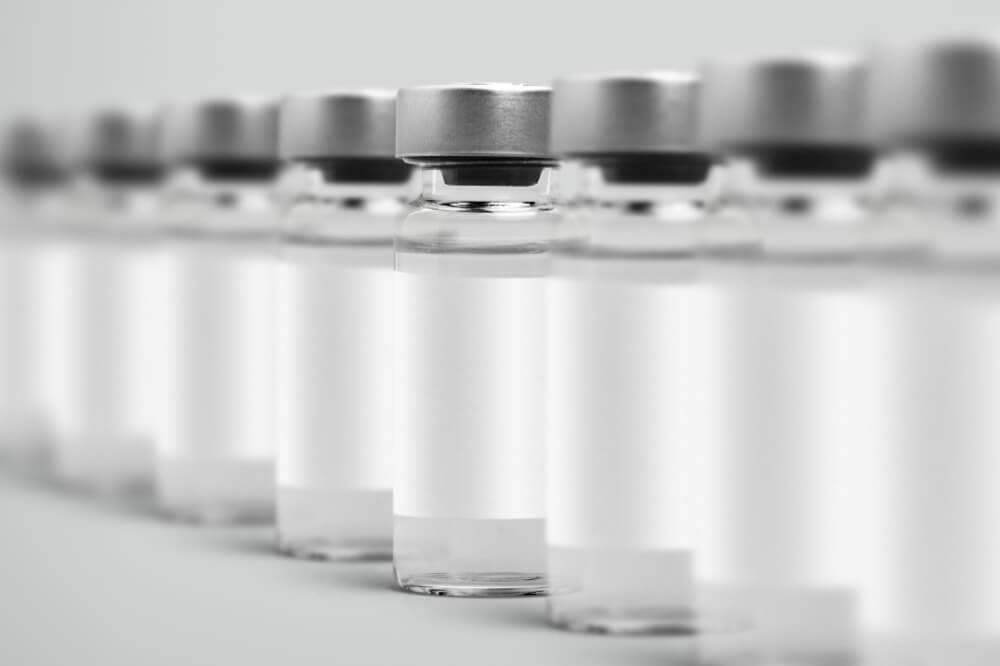
Are the side effects different between IV NAD+ and oral NAD+ precursors?
Yes, the potential side effects differ significantly due to the method of administration and dosage. During an IV NAD+ infusion, some individuals may experience temporary discomfort such as chest tightness, flushing, mild nausea, or a headache. These side effects are directly related to the rate of the infusion and occur because the body is processing a large, immediate dose; they can almost always be eliminated by simply slowing down the drip rate.
Oral NAD+ precursors like NMN and NR, on the other hand, are generally considered very safe and are well-tolerated by most people at recommended dosages. Side effects are rare and typically mild, with some users occasionally reporting minor gastrointestinal upset or skin flushing. These effects are far less common and intense compared to those associated with IV therapy, reflecting the slower, more gradual absorption process through the digestive system.
Discover the most comprehensive functional medicine training, longevity training, and biohacking certification programs designed specifically for healthcare professionals, medics, and clinic owners who want to master regenerative medicine protocols and anti-aging therapies.



